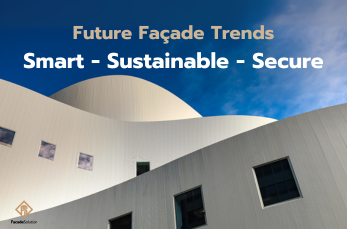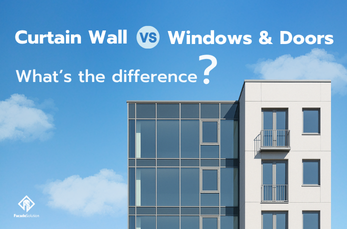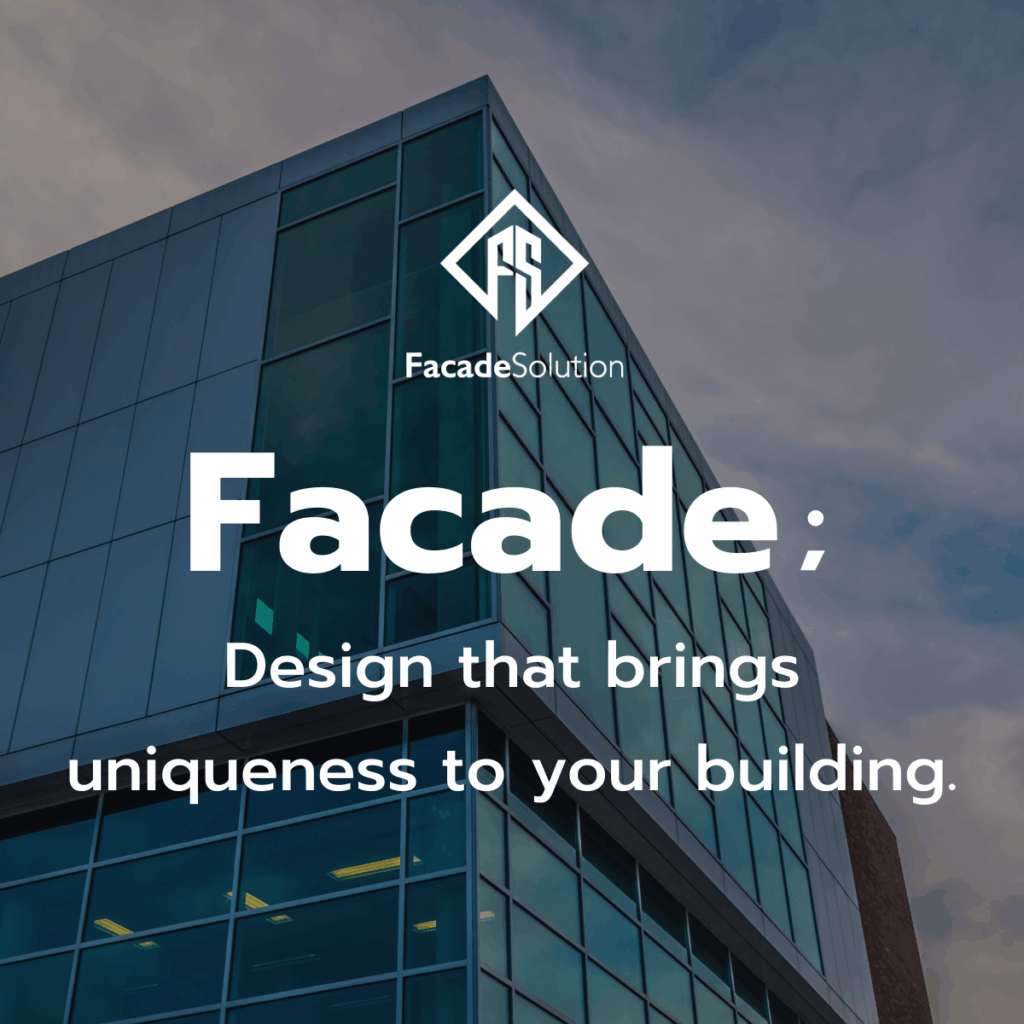Article Name
Share
Details
Date
Category
Reading Time
1 November 2023
Consulting
8 Min
Main Materials Used in Facade Design
Facade is one of the most important elements of a building, playing a key role both architecturally and functionally. Materials used in facades must be durable, strong, and enhance the building’s energy efficiency by minimizing heat transfer. This helps reduce the load on air conditioning systems in hot climates and eases the burden on heating systems in cold climates—by retaining indoor warmth during winter. Facade materials also maximize the use of natural light—ultimately lowering energy consumption and creating environmentally friendly structures.
1. Glass
Glass is one of the most commonly used materials in facade design due to its modern appearance, ability to reflect the identity of a building, and its contribution to architectural dimension. It allows natural light to enter the interior, reducing the need for artificial lighting during the day and easing the burden on air conditioning systems when using heat-insulating types of glass.

Types of Glass used in facades include:
● Tempered Safety Glass
- Heated to high temperatures and rapidly cooled to enhance its strength up to 4–5 times more than standard glass. When broken, it shatters into small, blunt pieces to reduce injury. Commonly used in high-rise buildings or safety-critical areas.
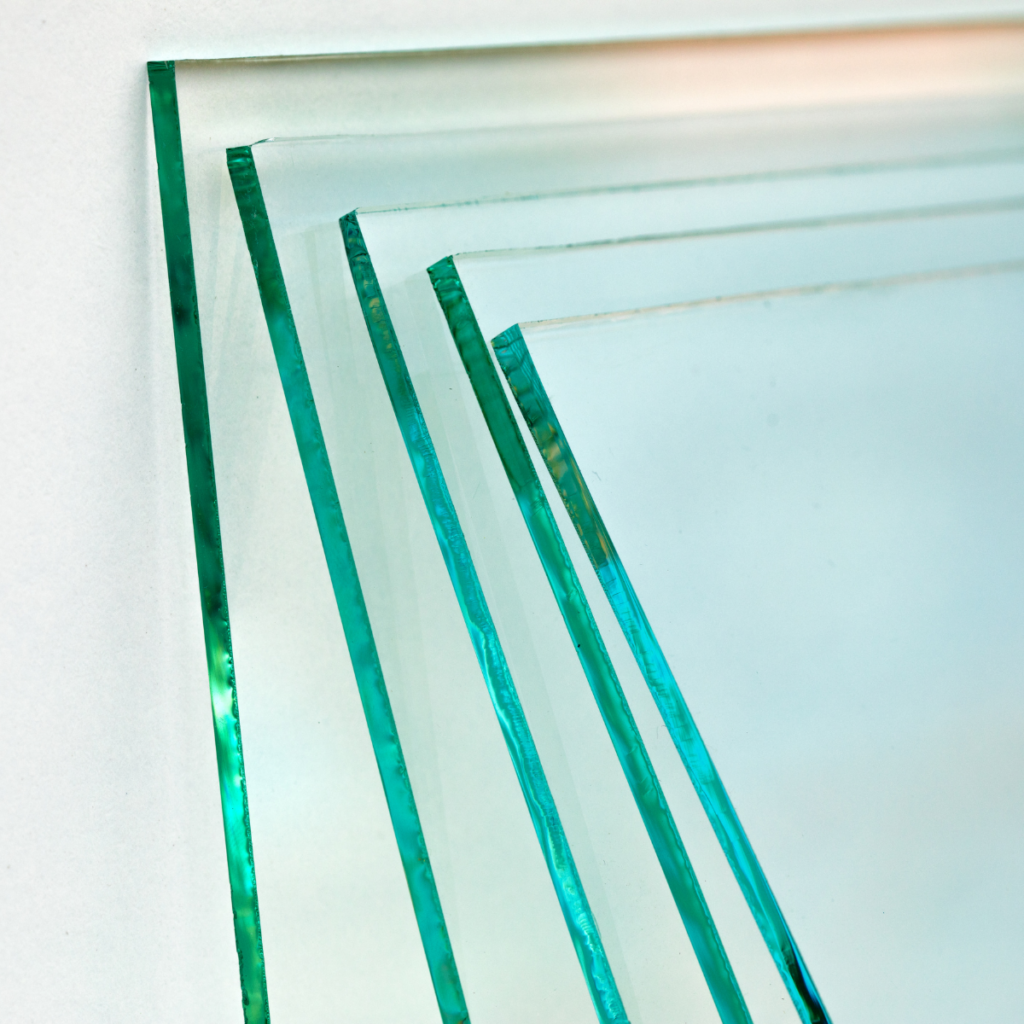
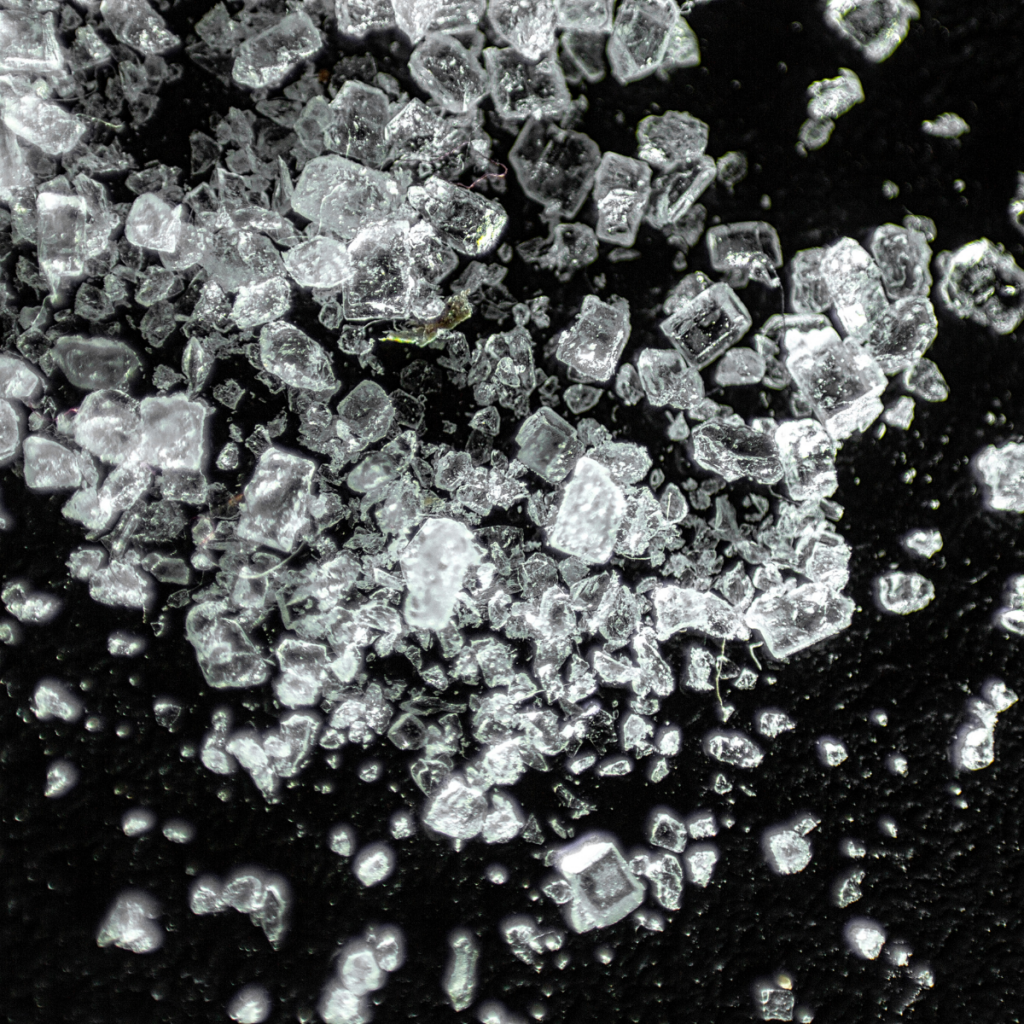
● Laminated Glass
- Composed of two or more layers of glass bonded together with a polyvinyl butyral (PVB) interlayer. When broken, the glass remains adhered to the interlayer, preventing dangerous shards from scattering. This provides enhanced safety, sound insulation, and UV protection—making it ideal for storefronts, facades, overhead glazing, and high-traffic building areas.
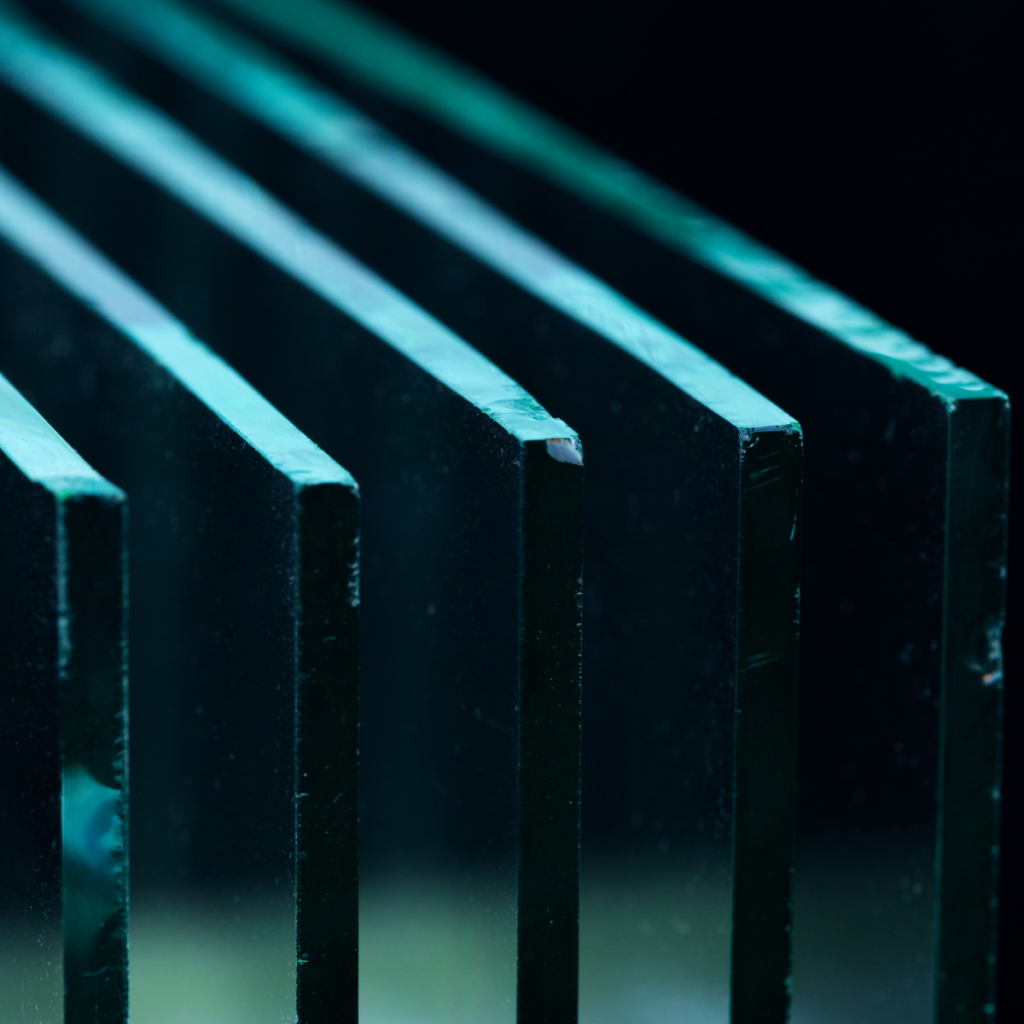
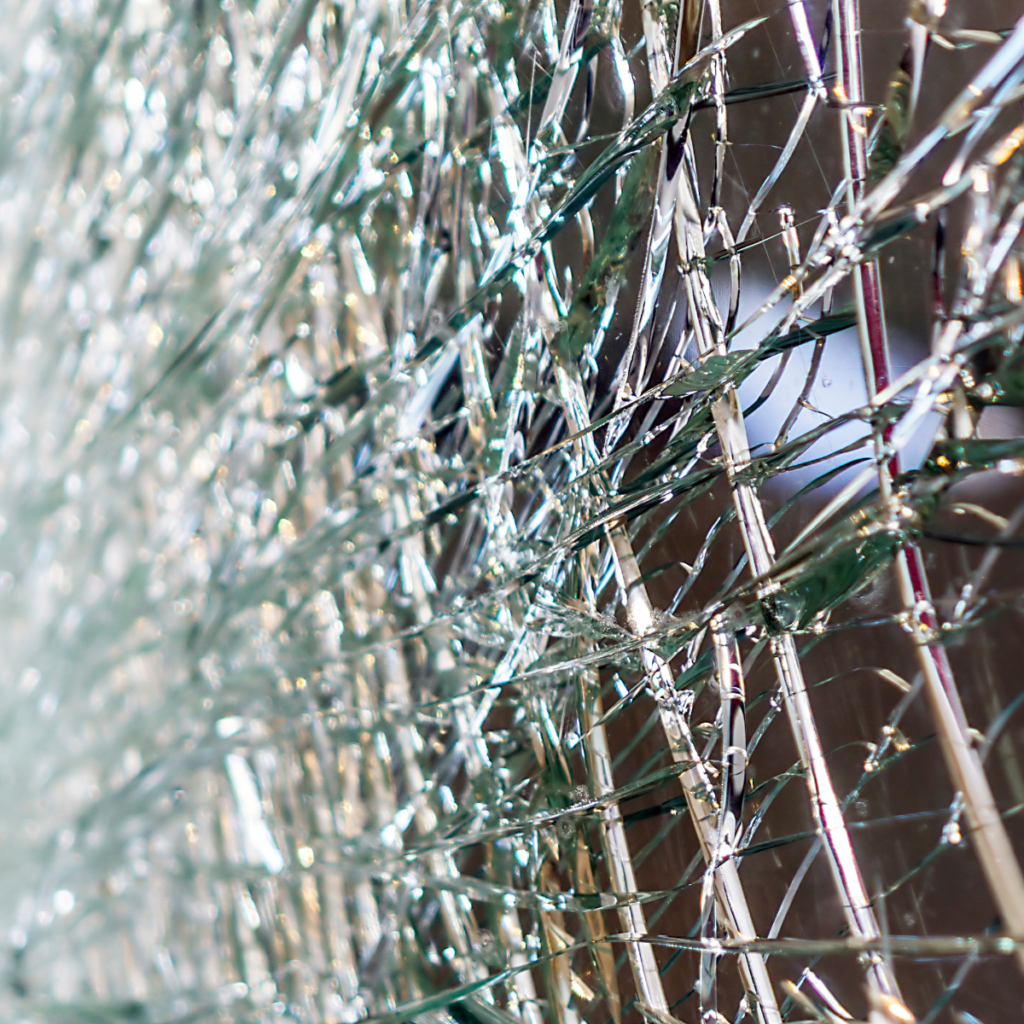
● Reflective Glass
- Coated to reflect solar radiation, reducing heat gain and improving privacy during the day. The outer surface reflects light strongly, making it harder to see inside from the outside—widely used in commercial and office buildings.
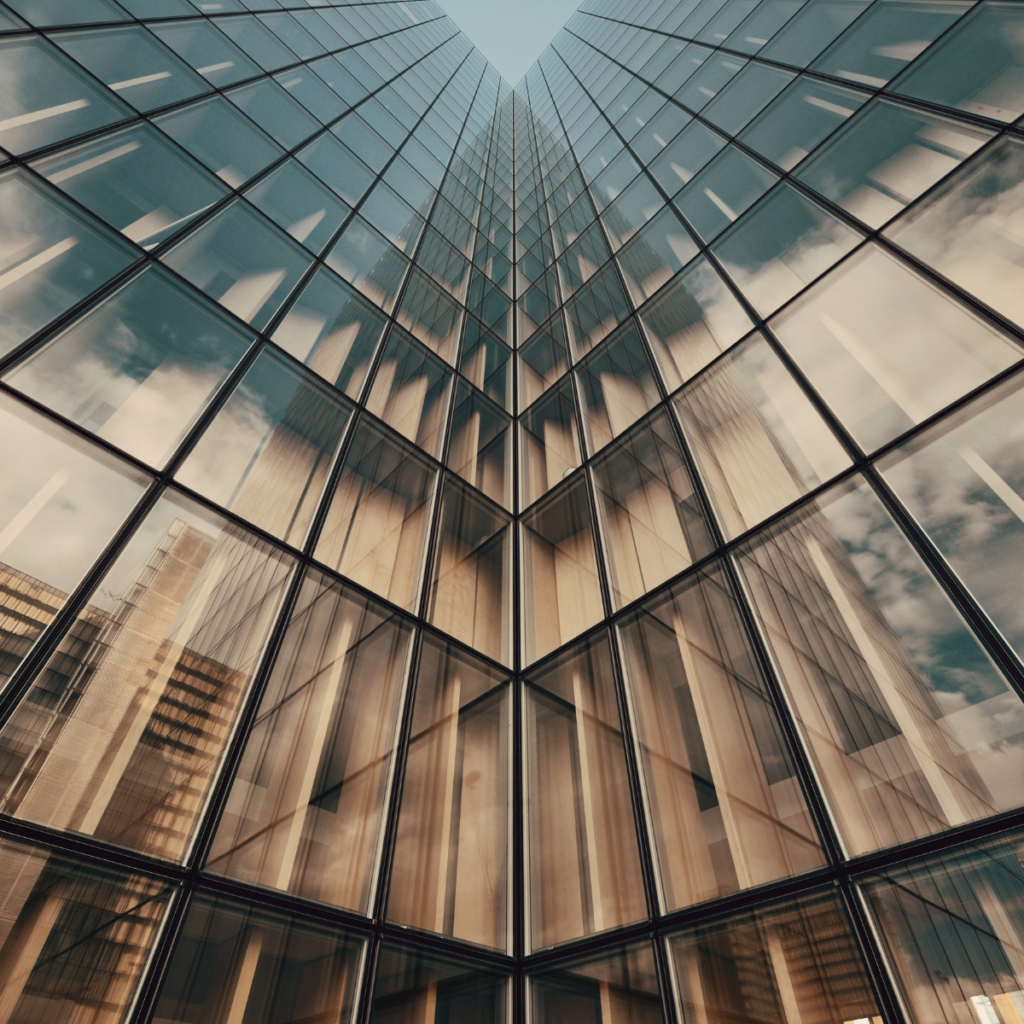
Glass is suitable for buildings seeking a luxurious and modern look, improves energy efficiency, and enhances architectural aesthetics.
2. Aluminum Composite
Aluminum Composite Panels (ACP) are widely used in facade cladding due to their lightweight yet strong properties, resistance to weather, and easy shaping for creative architectural designs. ACP typically consists of two thin aluminum sheets bonded to a non-aluminum core (e.g., PE or fire-retardant FR core).

Advantages of Aluminum Composite:
- Lightweight but strong: Easy to handle and reduces structural load
- Weather-resistant: Corrosion-resistant, does not rust, and protects against moisture
- Aesthetic variety: Available in numerous colors, textures, including wood grain and marble
- Easy installation and low maintenance: Quick to install, cost-effective over time
- Thermal and sound insulation: Helps regulate interior temperature and reduce noise
3. Applications of Aluminum Composite:
Steel and stainless steel are used in facades requiring high strength. These materials often serve as structural supports or decorative components.


Advantages:
- High strength: Suitable for load-bearing applications
- Durability and corrosion resistance: Especially stainless steel, which is ideal for humid or coastal environments
- Design flexibility: Can be combined with glass or aluminum composite for a modern look
- Luxurious, modern aesthetics: Perfect for minimalist or high-end architecture
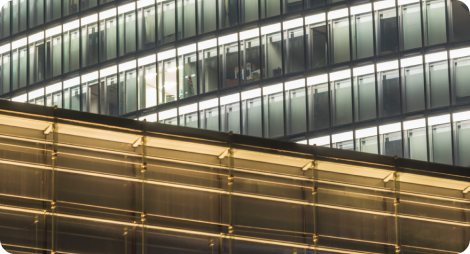
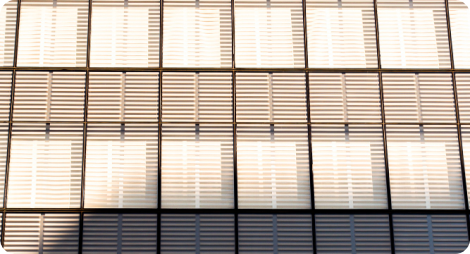

4.Composite Wood
Composite wood is ideal for facades that aim for a natural and warm feel, combining beauty with enhanced durability compared to real wood.

Advantages:
- Appearance: Resembles natural wood aesthetics while providing enhanced performance in outdoor environments.
- Warp and termite resistant: More durable than natural wood
- Moisture-resistant: Suitable for exterior use
- Low maintenance: No frequent staining or treatment required
Choosing the Right Facade Material for Your Building
When selecting a facade material, consider aesthetics, durability, energy performance, and building type:
- Office Buildings: Use Low-E or Reflective Glass to reduce air-conditioning costs
Commercial Buildings: Aluminum Composite is excellent for design flexibility and durability
Consult with Facade Experts at Facade Solution
If you’re looking to select the perfect Facade materials for your building, Facade Solution offers end-to-end services—design, supply, and installation—by a team of experienced professionals.
📞 Contact us at Facade Solution for a free consultation!


